Living History is an ongoing series showcasing just a small assortment of the more than 350,000 items housed at The Salvation Army Heritage Centre in Toronto. This month, we are highlighting the humble collection boxes that played such an important part of the Self-Denial Appeal, the effort to raise funds for the Army’s worldwide operations (also known as the annual appeal or Partners in Mission campaign in some countries).
Since its earliest days, The Salvation Army has raised funds to support its mission and ministry with the help of a variety of collection-box efforts.
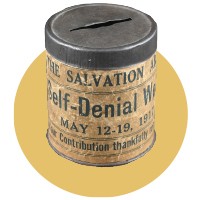 The Self-Denial Appeal is an annual effort to raise funds for the Army’s worldwide operations. The concept for the appeal originated in London, England, in 1886. An officer named John A. Carleton was not financially able to contribute to the Army’s appeal for money. He decided to forgo his pudding for a year and give those funds to the Army. This reached General William Booth, who said, “This officer’s offer of his pudding-money has given me a good idea. I could not think of asking people to give any portion of their food for 12 months; but it has occurred to me that all our people would be willing to deny themselves for one week of something in the way of food, such as pudding, tea, sugar and so on. Let us try a Self-Denial week.” This resulted in the establishment of the worldwide Self-Denial Appeal. The Founder picked a week and every Salvationist in the world was expected to observe it.
The Self-Denial Appeal is an annual effort to raise funds for the Army’s worldwide operations. The concept for the appeal originated in London, England, in 1886. An officer named John A. Carleton was not financially able to contribute to the Army’s appeal for money. He decided to forgo his pudding for a year and give those funds to the Army. This reached General William Booth, who said, “This officer’s offer of his pudding-money has given me a good idea. I could not think of asking people to give any portion of their food for 12 months; but it has occurred to me that all our people would be willing to deny themselves for one week of something in the way of food, such as pudding, tea, sugar and so on. Let us try a Self-Denial week.” This resulted in the establishment of the worldwide Self-Denial Appeal. The Founder picked a week and every Salvationist in the world was expected to observe it.
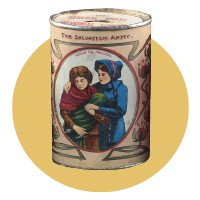 Grace-Before-Meat (GBM) was a scheme for raising funds for social work. General Booth conceived of the idea from a conversation he had with a woman who described an ancient custom in which Hindus from India, even the poorest ones, would set aside a handful of rice before every meal in readiness for a hungry beggar who may come calling. In characteristic manner, he declared that if the poor from India could do it, why couldn’t they? Launched in 1893, the purpose of the GBM scheme was to solicit funds to help meet the needs of the poor and to support the Army’s fast-growing social services programs of the day. Participants would receive a GBM tin, which they would place on their dining table. Before each meal, a brief prayer of thanks was given and a small coin—penny, half-penny, cent—would be dropped into the tin. The idea quickly captured the attention of Salvationists in the United Kingdom, and soon the scheme spread to other parts of the Army world, including Canada. By 1943, there were still more than 11,000 GBM boxes in use.
Grace-Before-Meat (GBM) was a scheme for raising funds for social work. General Booth conceived of the idea from a conversation he had with a woman who described an ancient custom in which Hindus from India, even the poorest ones, would set aside a handful of rice before every meal in readiness for a hungry beggar who may come calling. In characteristic manner, he declared that if the poor from India could do it, why couldn’t they? Launched in 1893, the purpose of the GBM scheme was to solicit funds to help meet the needs of the poor and to support the Army’s fast-growing social services programs of the day. Participants would receive a GBM tin, which they would place on their dining table. Before each meal, a brief prayer of thanks was given and a small coin—penny, half-penny, cent—would be dropped into the tin. The idea quickly captured the attention of Salvationists in the United Kingdom, and soon the scheme spread to other parts of the Army world, including Canada. By 1943, there were still more than 11,000 GBM boxes in use.
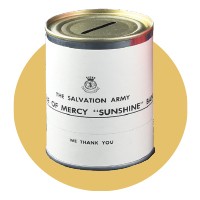 “Sunshine Bags” originated in Canada in 1982 and quickly spread to other countries. They were distributed by league of mercy (now community care ministries) members to residents in hospitals, prisons/correctional facilities, nursing homes and other institutions. The bags could contain flowers, treats (fruit, candy, chocolate, etc.), personal care items and a copy of The War Cry. Money for “sunshine bags” was raised by various league of mercy activities, such as collection boxes and by the distribution of little yellow bags into which coins were dropped each sunny day of the year. These yellow bags and metal collection cans were called “sunshine” banks.
“Sunshine Bags” originated in Canada in 1982 and quickly spread to other countries. They were distributed by league of mercy (now community care ministries) members to residents in hospitals, prisons/correctional facilities, nursing homes and other institutions. The bags could contain flowers, treats (fruit, candy, chocolate, etc.), personal care items and a copy of The War Cry. Money for “sunshine bags” was raised by various league of mercy activities, such as collection boxes and by the distribution of little yellow bags into which coins were dropped each sunny day of the year. These yellow bags and metal collection cans were called “sunshine” banks.
Photos: Camilo Mejia
This story is from:
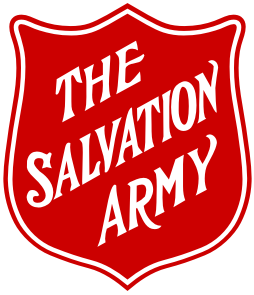
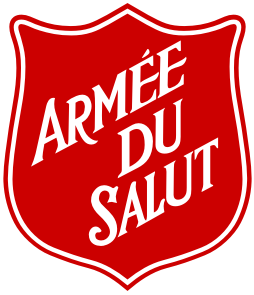



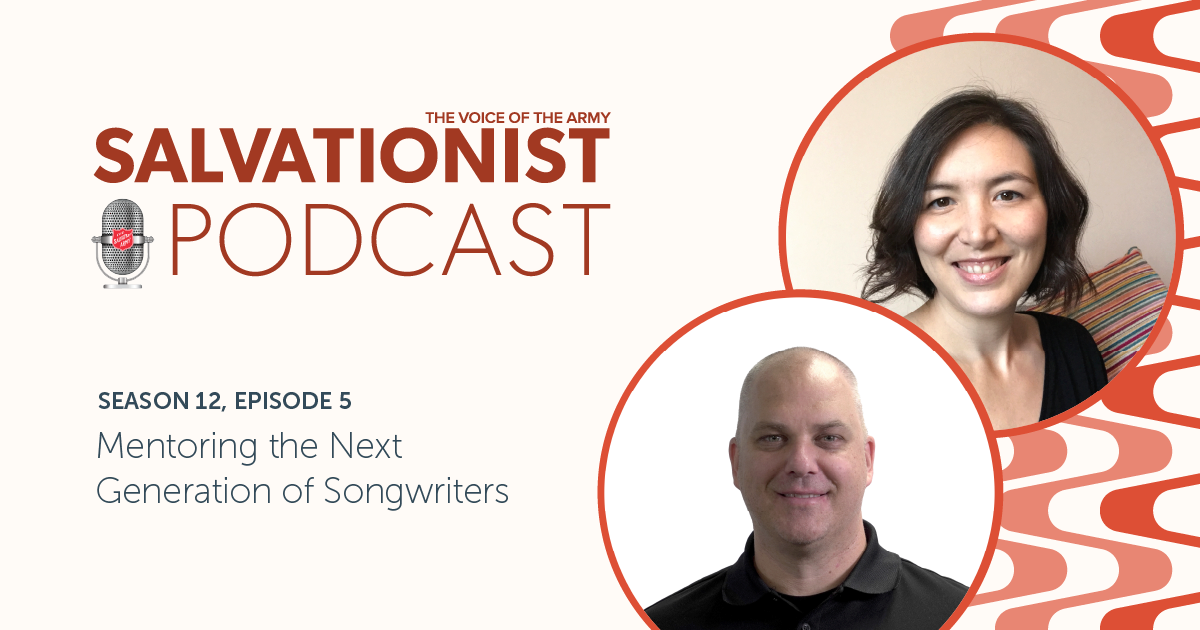
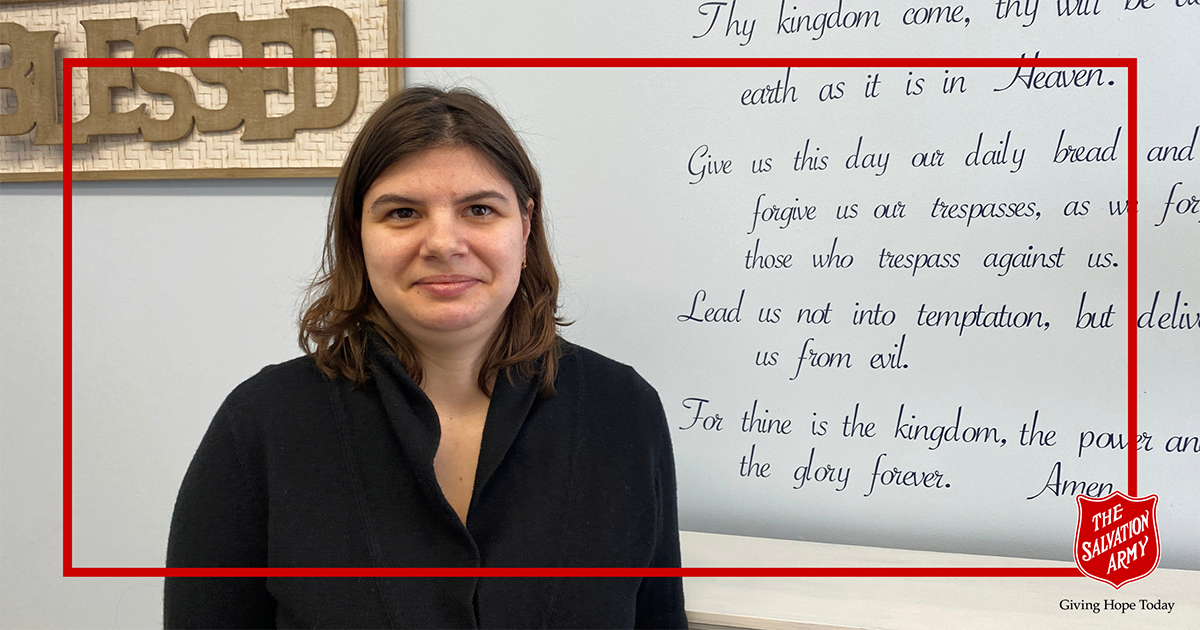
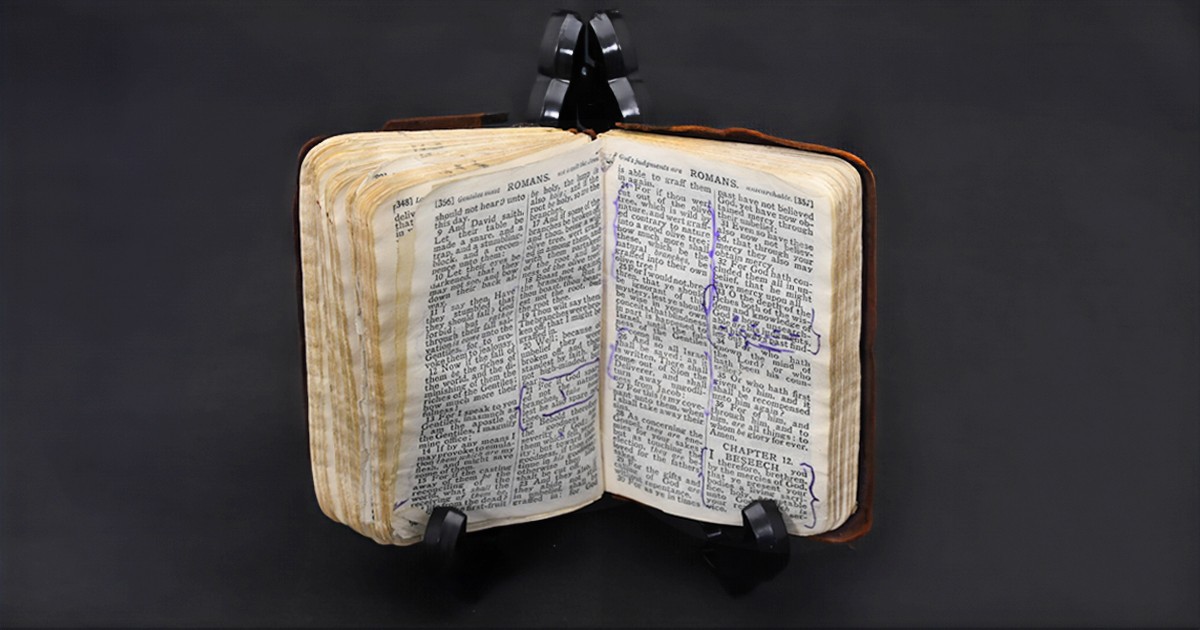


Does anyone know if we can get those Partner's in Mission coin boxes any where???